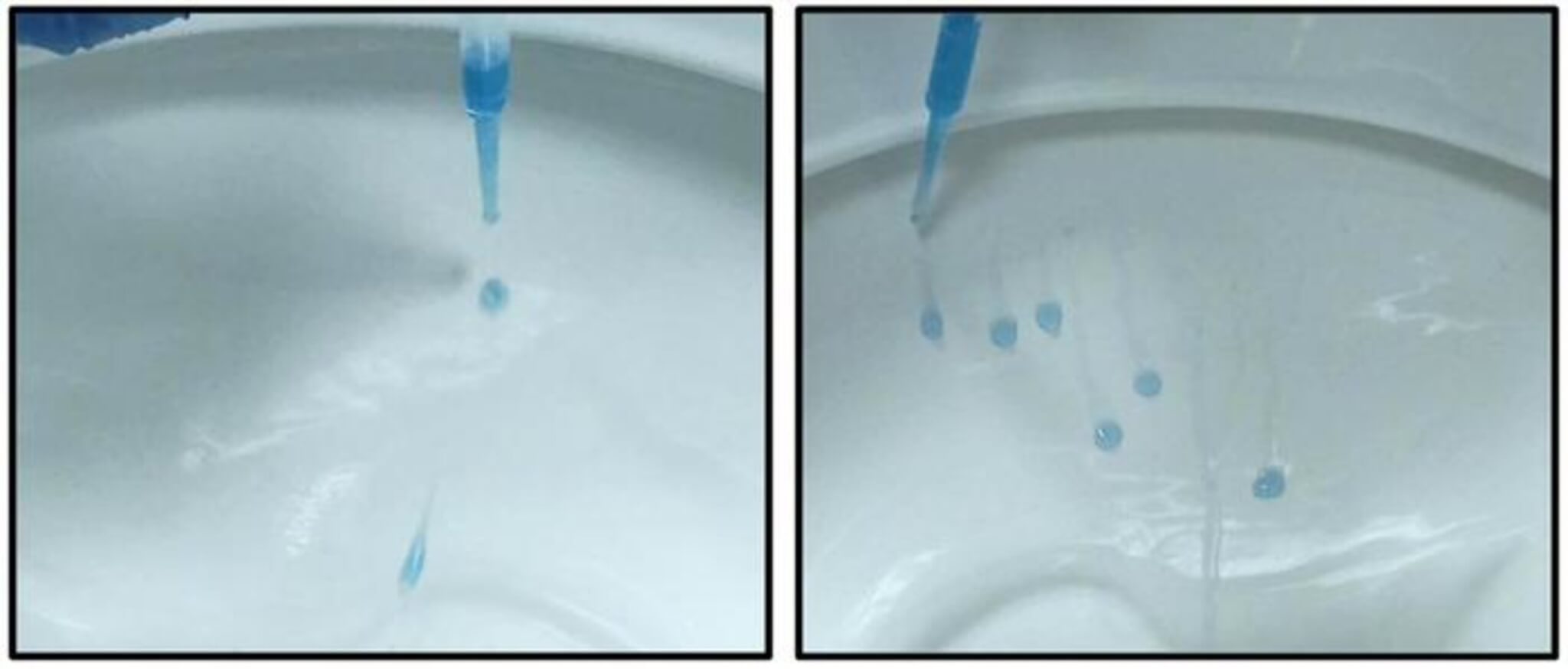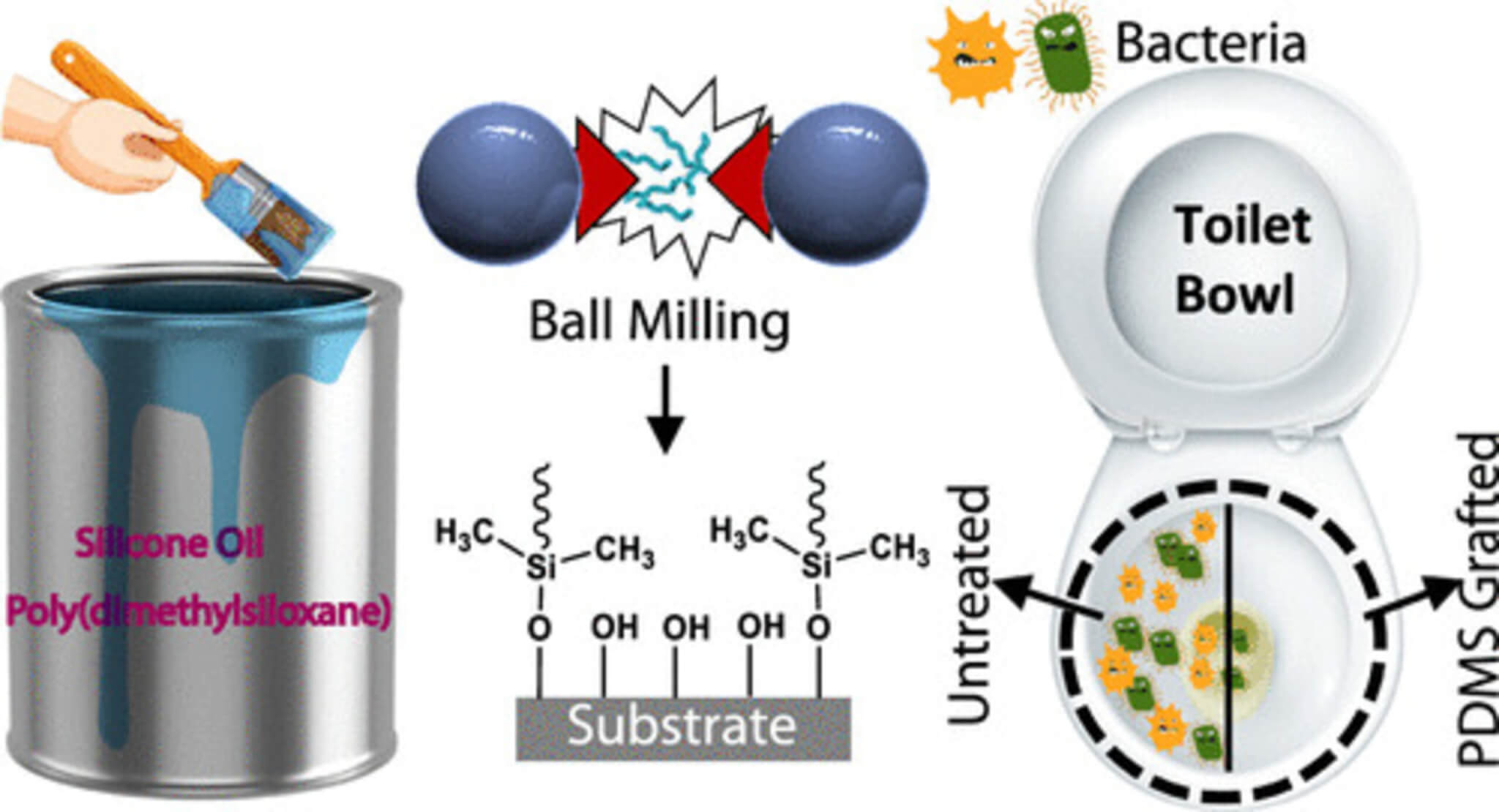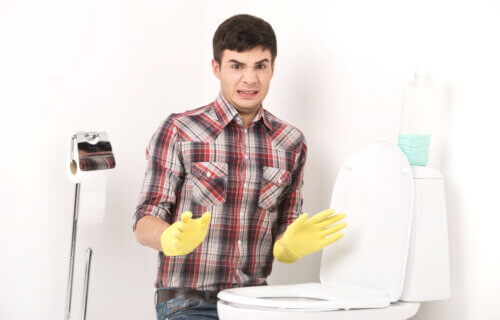KAYSERI, Turkey — No one likes using a public restroom. They’re usually never clean, smell atrocious, and immediately spark fears about what germs and bacteria are living in the toilet bowl. However, a transparent coating created by Turkish researchers may finally put those fears to rest. This innovation aims to make surfaces, particularly porcelain, more water-repellent, effectively deterring bacteria from sticking to the interior of toilets.
The study, by a team from Erciyes University Nanotechnology Application and Research Center, explores the development of coatings applicable to glass and porcelain surfaces. These coatings are designed to ensure water droplets slide off easily, preventing the formation of fog or bacterial films. Scientists usually engineer microscopic structures on surfaces, akin to the tiny barbs and hooks on bird feathers, to trap air or oils between the surface and water droplets. This method, though, often requires extensive labor and can alter the appearance of the surface.

Another approach involves attaching slippery polymer chains onto a surface, essentially creating a permanent oil slick. Yet, this technique involves harsh chemicals and isn’t suitable for everyday items. Erciyes University researchers sought a more practical way to create polymer-grafted surfaces that repel water and hinder bacterial growth.
Their innovative approach involved grinding poly(dimethylsiloxane) (PDMS), a silicone oil, in a ball mill for an hour. This process used small tungsten carbide balls to bombard the oil at high speeds, breaking apart some of the polymer’s chemical bonds and creating new molecules. The team theorized that the milled PDMS would swiftly graft onto surfaces like glass or porcelain, forming a durable, oily layer.
In their experiments, researchers applied the milled oil to one side of a sterilized toilet bowl’s interior, leaving the other half untreated. They then introduced sterile human urine mixed with E. coli and S. aureus bacteria into the toilet and swabbed both halves of the bowl to assess bacterial presence. The tests revealed that the PDMS-treated area inhibited 99.99 percent of bacterial growth compared to the untreated area.

Further experiments demonstrated that both porcelain and glass surfaces coated with the milled PDMS effectively repelled water. This suggests that in the initial test, urine, and bacteria simply slid down the treated toilet bowl’s wall. Researchers believe that this transparent and colorless method for treating toilet bowls could offer a practical means to sanitize shared surfaces for public health purposes.
This breakthrough holds promise in potentially revolutionizing the hygiene and cleanliness of public restrooms, providing a more effective and efficient method of maintaining germ-free surfaces without altering their appearance.
The study is published in the journal ACS Applied Materials & Interfaces.
You might also be interested in:
- Teflon John: Scientists may have finally eliminated skid marks in toilets
- Flush and run! Viruses like COVID-19 can linger for hours in public restrooms
- Oh crap: 2 in 3 people hold it in for HOURS to avoid using a public toilet

